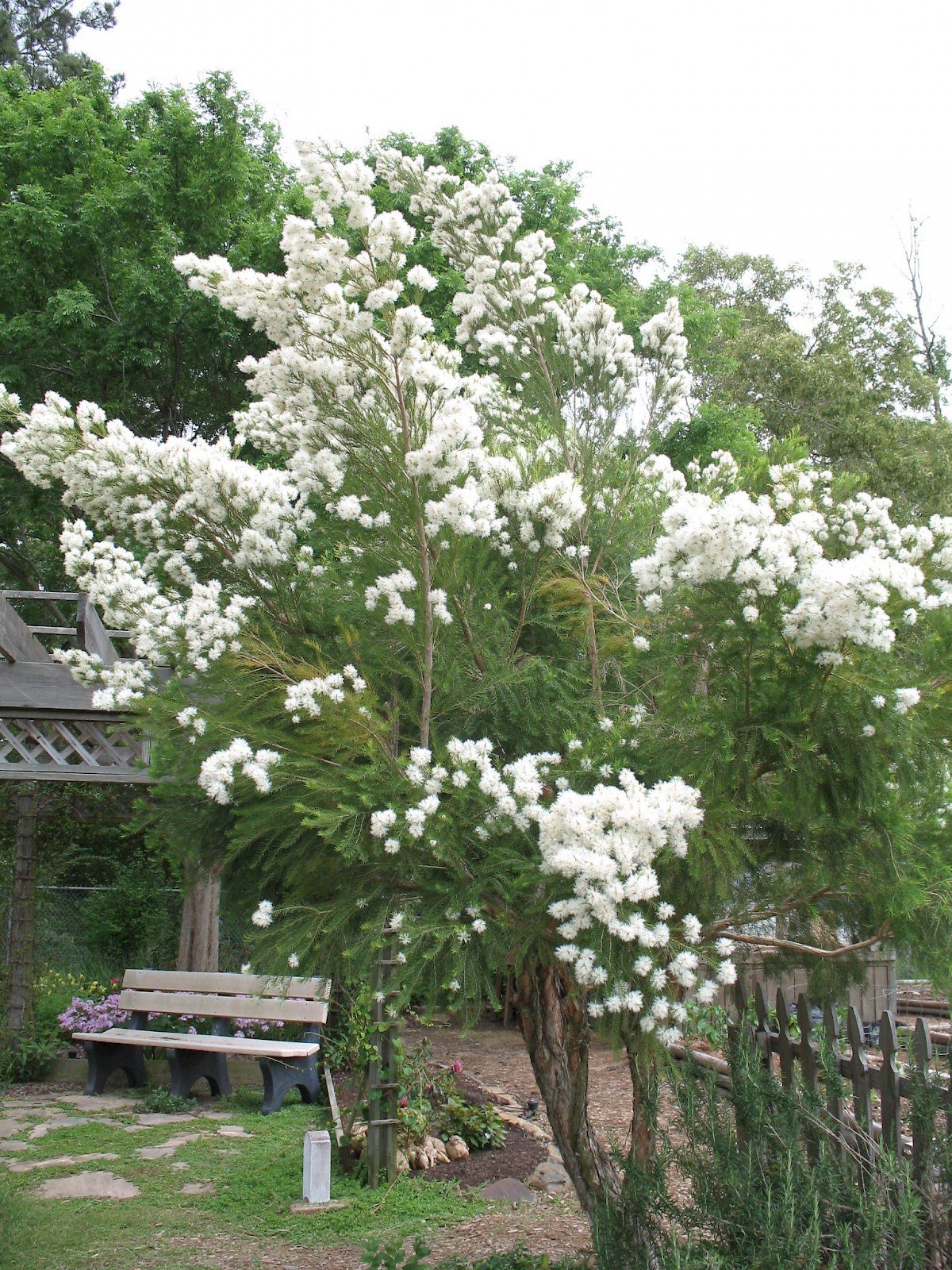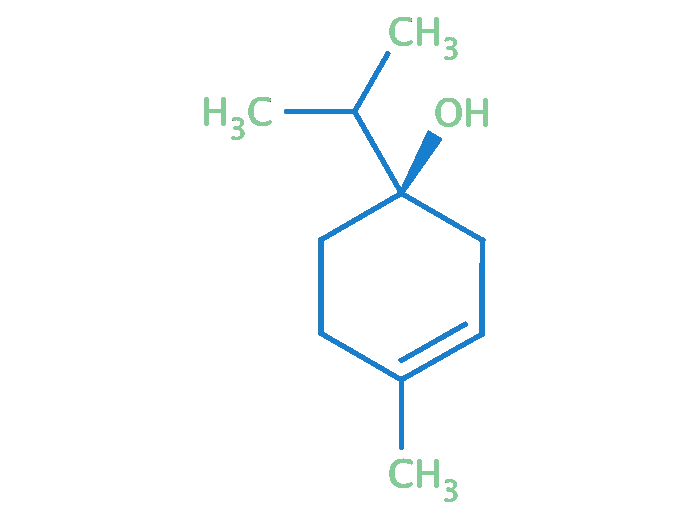See all "Tea Tree Oil" Section Topics

The Melaleuca alternifolia tree, also known as the tea tree, is the plant that is harvested to produce the essential oil known as tea tree oil. The leaves of the tea tree are used to produce the essential oil. The Melaleuca alternifolia tree is very difficult to kill, and if the tree is cut down and reduced to a stump, new shoots will rapidly appear and the tree will again grow into a full size tea tree. The only way to effectively kill the tea tree is to dig out the root system from the ground. The ability of the tea tree to regenerate itself is a great asset to those involved in tea tree oil production. Regular pruning of the tea tree actually stimulates new growth.
Each tea tree leaf contains many tiny sacs containing the essential tea tree oil. When the leaves are harvested, they must be processed to collect the oil. A steam distillation unit can be used to separate the oil from the leaves using hot steam. Hot steam is pumped into large containers which have tea tree leaves in them. The steam bursts the tiny sacs on the leaves that hold the essential oil. The oil and steam are then sent to a condenser where the oil is siphoned from the water and is filtered. Approximately one percent of the total weight of the leaves is actually tea tree oil, so only a small amount of oil is produced even from large amounts of tea tree leaves.
Since Melaleuca alternifolia is a fast growing tree, some trees can be harvested approximately 12 to 15 months after they have been planted. Harvesting the tea tree at different times of the year has shown the quality and quantity of essential oil produced fluctuates depending upon what season the leaves are cut in. Australian producers have noticed that tea tree oil yield tends to be lower in the winter months.
As a result of modern cultivation and farming methods, tea trees are being grown in areas other than Australia. California is one part of the world that is also now home to tea tree plantations.
A 1/2 Day & Yeast is Gone!
Linda Allen suffered from yeast infections for years. Through researching natural medicine & Candida, she found an efficacious solution!
Linda is one expert you want on your side! Let her show you how to get rid of a superficial yeast infection in just 12 hours; AND, keep it gone!
A 60-day, 100% money back guarantee is provided.
Visit Official Site!Melaleuca alternifolia's Chemical Constituents

There are several different varieties of tea tress growing in the land of Australia; and, many of these tea trees produce essential oils with healing characteristics. Only Melaleuca alternifolia has the best chemical constituents; and, is therefore used to produce tea tree oil. Trees that produce the best oil, generate oil that is high in the chemical known as terpinen-4-ol and low in the chemical known as cineole. A high terpinen-4-ol content and a low cineole content allows the tea tree oil to be safer and have a wider range of uses. Terpinen-4-ol has several different desirable properties and does not cause side effects. Conversely, although cineole's medicinal properties are useful for treating colds, a low cineole content is necessary for therapeutic purposes. A high cineole content is not desirable for healing inflammation and wounds.
To get the right type of tea tree oil, that has the correct levels of chemical compounds present in the oil, you need to procure your tea tree oil from a reputable dealer. The Australian Tea Tree Industry Association has their own set of regulations that help to ensure the quality of tea tree oil. According to the Australian Tea Tree Industry Association, only oil produced by the Melaleuca alternifolia tree is acceptable. Additionally, the oil that is produced by Melaleuca alternifolia trees must have a specific amount of terpinen-4-ol and cineole. The Australian standard number AS 2782-1985, for Melaleuca oil, mandates a terpinen-4-ol content greater than 30% and a cineole content under 15%. You should try and avoid lower quality blends of tea tree oil that do not contain desirable concentrations of terpinen-4-ol and cineole. Before you purchase tea tree oil make sure the supplier and source are both reputable.
By ensuring you get the right type of tea tree oil, you can be more certain that your use of tea tree oil for a yeast infection will be effective.
Author: Mr. Nicholas Gross

Nick Gross is a natural medicine enthusiast who has been researching and writing about natural medicine since 2008. Nick is primarily a web developer but also researches and authors written and video content about natural health. Nick has a bachelor’s degree in Management Information Systems from the University of Northern Iowa.
Disclaimer
The information on this website is not a prescription for anyone. This information is for informational or educational purposes only, and is not a substitute for professional medical advice or consultations with healthcare professionals.
Affiliate Disclosure
Some of the links provided on this website are affiliate links. When a purchase is made through these links, Candida Hub earns money from commission. This helps to keep the website up and helpful to people for free. Thank you for any support!
Stay Up to Date
If you enjoyed this article, consider following / liking our Facebook page. This page is primarily utilized to alert followers of new articles that are put on Candida Hub. Candida related news is also discussed. While you are there, you can see what has been more recently added to Candida Hub.
Eliminate Bacterial Vaginosis & Vaginal Odor
Jennifer O’Brien is one prominent expert on BV that knows how to get rid of vaginal odor. BV is a common infection that you don’t have to put up with.
Jennifer will show you how to naturally eliminate vaginal odor in just 3 days.
A 60-day, 100% money back guarantee is provided.
Visit Official Site!SOURCES:
- Google Books — Elvis A. Ali, et. al.. The Tea Tree Oil Bible. Ages Publications, 1999 (p.17 tea tree oil comes from leaves)
- Google Books — Drury, Susan. Tea Tree Oil: A Medicine Kit in a Bottle. (chapter 3 harvesting the oil)
- https://dx.doi.org/10.1155/2015/590470 — Anna Mertas, Aleksandra Garbusinska, et. al.. The Influence of Tea Tree Oil (Melaleuca alternifolia) on Fluconazole Activity against Fluconazole-Resistant Candida albicans Strains. BioMed Research International [Volume 2015, Article ID 590470, 9 pages]. PubMed Full Text






